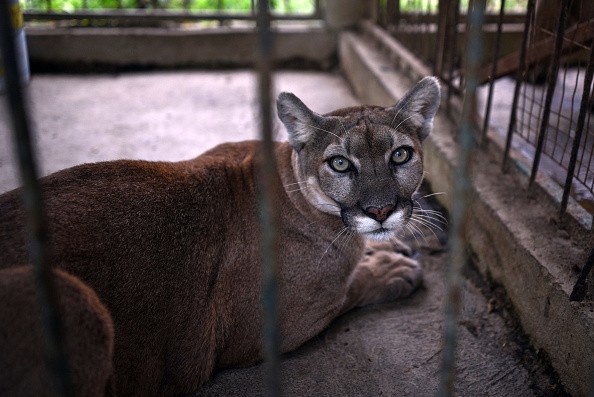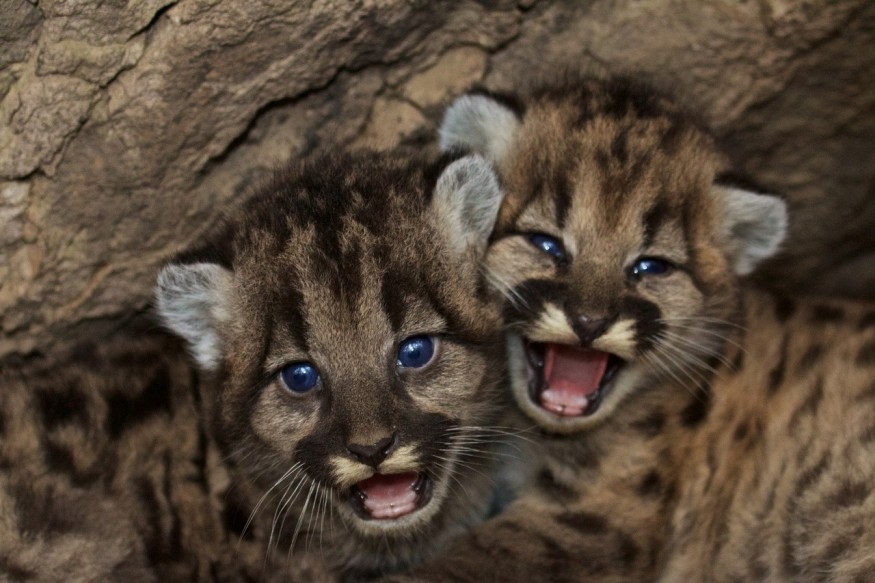A mountain lion can traverse the length of 65 American football fields in a single day, tracking and ambushing its prey. Forget about 10,000 steps.
However, in a zoo, such a lifestyle isn't recreated, and such confinement may alter the bones of cats. According to new research, captive large cats' bones are less thick than wild cats, owing to restricted mobility.

The findings are based on the bones of animals who lived in zoos in the mid-nineteenth century. Thus, they may not fully apply to current zoos with wider environments and more enrichment activities.
"This is a terrific publication and outstanding work," says Adam Hartstone-Rose, a North Carolina State University animal morphology researcher. "A fully open topic" about how confinement alters animal anatomy, he adds, and "research like these are exactly what we need to address it."
Zookeepers Realizing the Differences

Although zookeepers have long recognized differences between wild and captive animals, most study has concentrated on cat skulls. According to Hartstone-Rose and others, Captive felines have larger noggins and weaker teeth because they consume a well-balanced but mushy diet instead of biting through the tough skin, muscle, and bone of wild food.
The remainder of an animal's skeleton is likely to be impacted. Just as in people, repeated physical exercise improves bone strength and mass.
Other Large Feline
Mountain lions (Puma concolor), cheetahs (Acinonyx jubatus), jaguars (Panthera onca), and leopards (Panthera onca) were chosen for the new study by Habiba Chirchir, a biological anthropologist at Marshall University, and her colleagues (Panthera pardus). Jaguars, for example, live in the 25-square-kilometer territory, but mountain lions live in 250-square-kilometer areas, about four times the size of Manhattan.
Leg bones from 14 mountain lions, 15 cheetahs, 13 leopards, and 12 jaguars were collected from the Smithsonian Institution's National Museum of Natural History and the American Museum of Natural History in New York City. The bones were from wild and confined species from the mid-twentieth century, when zoo enrichment was most primitive, according to Chirchir. The scientists examined the humerus, or upper front limb bone, and the femur, or thigh bone, in each skeleton. Both are vital for sprinting, climbing, and hunting.
Getting Samples
The researchers cut off a tiny portion of each specimen at the joint. They then took 3D images of each bone's interior structure using high-resolution x-ray scanning. They counted the number of white pixels indicating bone and black pixels indicating space in each picture and computed their ratio to estimate the density of the bone.
Results
The team reveals today in Royal Society Open Science that the caged cats had less thick bones than the wild cats in all four cases. The felines' front legs were the most impacted; captive mountain lions' femurs were around four-fifths as thick as wild cats', while their humeri were only three-quarters as dense.
Chirchir and her coworkers attribute their inactivity to a lack of physical activity. Other variables, though, might be at play. Inbreeding is a worry, according to Hartstone-Rose, who points out that caged animals have greater frequencies of inbreeding and that genetic overlap might harm an animal's bones. However, because the researchers didn't know the family histories of each animal in their study, Chirchir says there was no way to test this.
The researchers also have no idea how all of the animals in their study died or if they were healthy when they were living. Although the bones in the study were not from current zoos, the researchers believe that animals released back into the wild through conservation initiatives may be at a disadvantage due to their confinement.
Implications

According to Stephanie Smith, who researches animal morphology at the Field Museum, those findings are pertinent to any scientist who uses natural history collections in their study, which frequently contain captive bones mixed in with wild ones. "Is it going to screw up my study?" researchers should question when comparing captive and wild bones. " she declares. "It's something we should be concerned about."
For similar news, don't forget to follow Nature World News!
© 2026 NatureWorldNews.com All rights reserved. Do not reproduce without permission.





